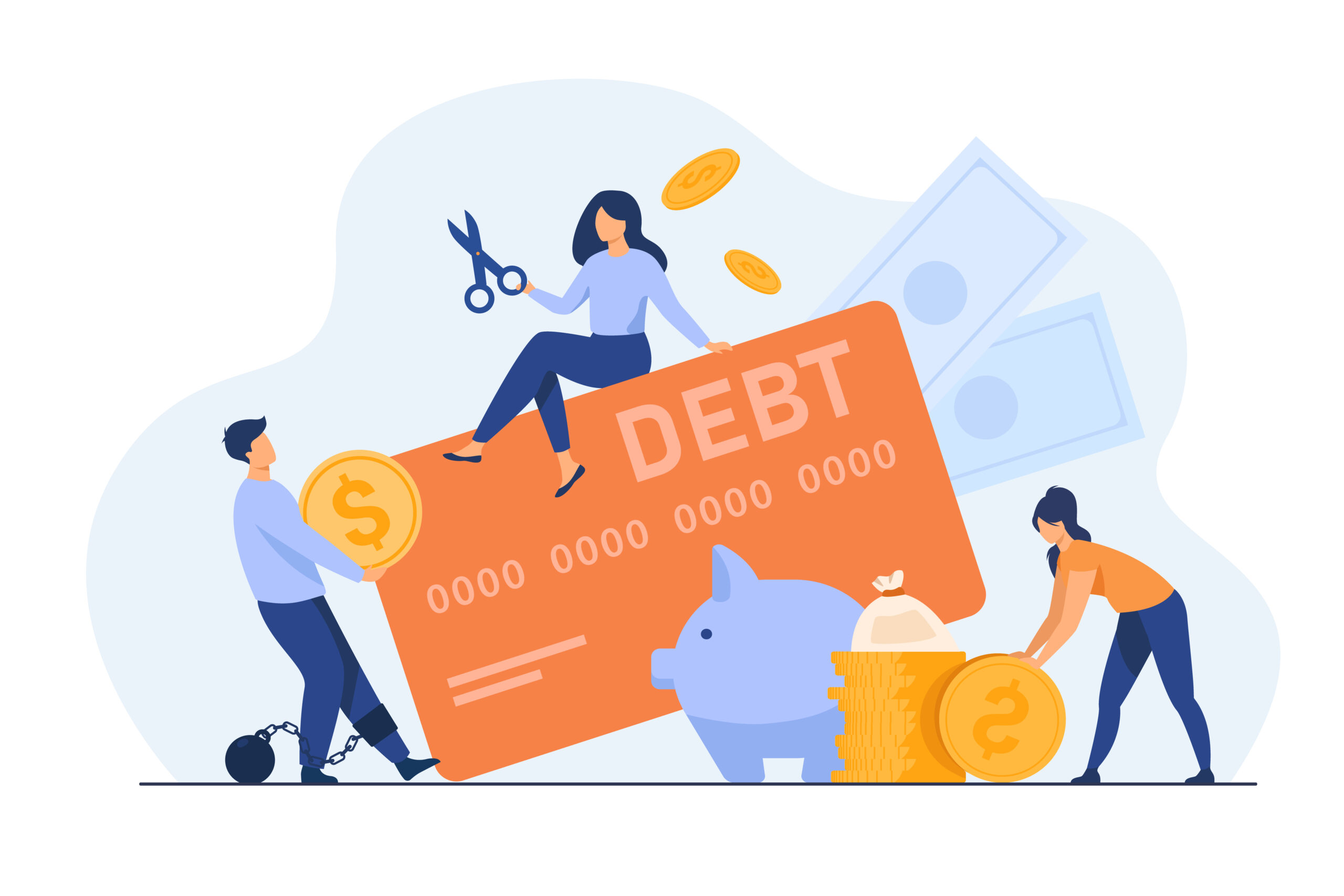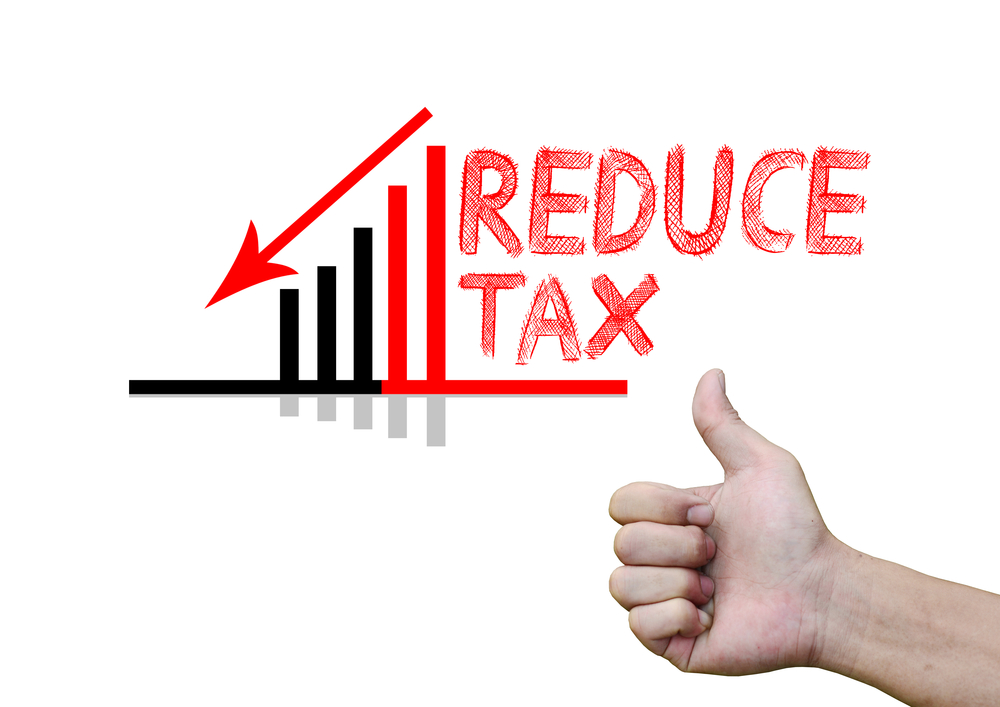Nobody likes debt. Most business accountants around Perth will tell you that you need to pay down debt to become financially free.
So when we tell our families who own businesses “don’t pay down debt” as a tax strategy we get many strange looks.
Let me explain.
You do not need to pay down debt to stop paying interest. If you can structure your affairs so that you carry a lot of debt that is interest free you have the legs to becoming financially free.
A concept of tax deductible debt
The tax deductions on debt interest will follow the use of the monies (Ure v FC of T 81 ATC 4100). So if interest is incurred on debt that produces taxable income the interest will become tax deductible.
For example:
Wallace borrows $700,000 to buy a commercial strata office in Perth. The strata generates taxable income so the interest on the Perth property is tax deductible.
Wallace converts his commercial strata office to a residential Perth property. The new Perth home no longer generates taxable income as Wallace lives in it. The interest is not tax deductible.
The complexity arises, as you can see above, when the use of the monies changes. And this use will flow through to different properties and different forms of the investment.
Wallace sells the Perth residential home he lives in. The bank does not force him to repay the debt (Wallace offers other security to support the loan) and Wallace applies the $700,000 sale proceeds to buy shares in Telstra.
The interest incurred on the $700,000 loan is now for Telstra shares. As the Telstra shares generate taxable income the interest on the $700,000 loan is now tax deductible.
Why the use is so important
At some stage in your life you will want to borrow money. You might need a new home upgrade, you could look at giving the kids a hand up with a deposit on a home, buy a holiday home or your retirement strategy might be that you need to take out a reverse mortgage in retirement.
None of these borrowings will be tax deductible. Every use of the money will be for private reasons. So the tax deductions on those borrowed monies will not be tax deductible.
We want to make sure that you never borrow money for private reasons. That effectively doubles the cost of borrowing money.
How to destroy the tax deductible use of monies
If you are paying down tax deductible debt the use of the monies is gone. The debt is gone. You cannot incur any more interest, or preserve that marvellous tax deductible use ever again.
If you make a new borrowing later on for a new purpose the fact that you had a tax deductible purpose previously on an old borrowing is irrelevant.
The security of the loan does not matter
At no stage have we discussed the asset that is given to the bank as security. The concept of tax deductible of interest is independent of how you have secured the loan for bank lending. Taxation law does not differentiate between the tax deductibility of a loan that is unsecured and the tax deductibility of a loan that is secured.
A typical case scenario
Dusty borrows money from CBA and buys a home in Northbridge to live in. He works incredibly hard and pays the home loan off.
Dusty moves borrows money from Westpac and buys a home in Subiaco live in with his new fiancé. The Northbridge home is put out to rent. The Northbridge rental property secures the Westpac debt of the Subiaco home.
The interest on the Westpac loan is not tax deductible. The borrowing by Westpac is to buy a family home in Subiaco.
How to fix the tax problem
So it is clear that when you pay down tax deductible debt you forever stop the ability to claim a tax deduction on that debt. So what is the answer?
The answer is not to forever pay interest on your debts just in case you might want the tax deduction
Option 1 – offset accounts
If you use an offset account you are not paying down debt. You are accumulating savings into a separate bank account. The bank is simply choosing to charge you less interest on your original loan.
The original purpose of your original loan is unaffected by the introduction of an offset account.
This compares to a redraw facility. In a redraw facility the act of making a redraw is creating a new loan with a new purpose. So the tax deductibility of the loan will be traced to the purpose of the redraw.
If you have an offset account that is equal to the full value of your mortgage the bank will stop charging you interest. This will mean that you will still owe the bank a large amount of money; but the bank is not charging you interest on that loan.
A strategy using offset accounts for tax
If you withdraw monies from an offset account the taking of the monies out for say, a private purpose, does not impact on the use of the original loan. The original loan monies were used to borrow money for an income producing use. And as the tax deductibility of the interest now charged is traced to the original purpose of the loan that interest is now tax deductible (Taxation Ruling TR 93/6).
For example:
Dusty borrows money from CBA and buys a home in Northbridge to live in. He works incredibly hard and builds up an offset account with CBA equal to his original loan.
Dusty takes money out of his CBA offset account and he uses that to buy a home in Subiaco with his new fiancé. The Northbridge home is put out to rent. The Northbridge rental property secures the debt of the Subiaco home.
The interest on the CBA loan is tax deductible. The original borrowing by CBA was to purchase a rental property in Northbridge.
There is now new loan with Westpac.
Option 2 – borrowing all of the monies
If you borrow money to buy an income producing asset the purpose is connected to the income so the interest incurred on the monies is also tax deductible. And the amount of interest charged simply determines the amount of tax deductions associated with the loan.
Nicole borrows money from her parents to buy a rental property in Woodvale. In the first few years Nicole’s parents to do not charge her interest due to Nicole’s poor financial position.
Later on Nicole’s parents retire and need some additional income to live. They charge Nicole a commercial rate of interest of 4.5% on the loan funds. The total interest charged is $32,500.
Nicole is able to claim an income tax deduction of $32,500 for the interest she pays her parents.
Further, if you refinance a loan the tracing test to determine the loan use goes back to the original borrowing.
Nicole’s parents need the loan to Nicole repaid. Her parents will use the repaid monies for house improvements and a holiday.
Nicole approaches Bendigo bank and repays the loan to her parents in full. Bendigo bank charges interest to Nicole at commercial rates.
The interest paid by Nicole is tax deductible. The original use of the money was to buy an income producing asset. The refinance does not change the use.
When an income producing asset is bought normally a person uses their own funds as part of the purchase price. However if the full purchase price is borrowed, including additional costs like stamp duty, then any interest charged on the borrowings is also tax deductible.
So if a person borrows 100% of the monies, using a combination of banks and relatives, with the correct use of offset accounts and interest free loans, the potential is that no interest is payable on these loans.
At a later point in time the monies used, up to the full purchase price, could be used for private purposes and the interest that is then reapplied to the loans will become tax deductible. And if a bank required, say a reduction of debt through a principal and interest-type arrangement, such principal repayments to the bank could be financed from borrowings from an associated entity.
Nicole is required to repay $12,600 to Bendigo as part of her obligations to reduce loan over a 30 year period.
Nicole borrows $12,600 from an associate to repay the Bendigo.
The associate does not charge interest.
The total debt associated with the property is unchanged. There is still a debt on the property equal to its original acquisition cost.
How this strategy works in retirement
Acquiring a lot of debt, that has no interest payable (due to offset accounts and associated loans) can allow a significant benefit in retirement.
Nicole now owns $12m of property assets that are all income producing. She also has a debt of $6m on these properties that is either from associates who do not charge interest or the cash in her mortgage offsets fully absorbs the interest that would otherwise be payable.
In short, Nicole does not pay interest. She can simply take the rental income and live on it. The properties generate $320,000 in taxable income. The tax payable on such income is $123,632.
She has $196,368 a year to live on ($16,364).
Nicole has a fantastic lifestyle. She spends $440,000 a year. She takes $243,632 in cash out of her offset accounts each year or she refinances some of her loans from associated persons.
Nicole now incurs $12,181 a year in interest. And she must borrow more money every year to pay that interest cost. So in 5 years time the Nicole has now borrowed $67,311 from the bank. In 10 years she has an extra $153,218.90.
The smart and tax effective tax structuring of Nicole’s loans now means that the interest she pays is tax deductible. This means that her extra debt is now only $81,205.99.
In short a smart, simple strategy of tax effectively structuring debt will allow Nicole of extending her “excess spending” in retirement for many years to come.
While the above example has been applied for property investments it also works for any type of borrowings. If you are considering borrowing bank monies for a share portfolio, business or property investment that tax strategy in borrowing money is a key and integral part of your debt reduction strategy.
Anybody who is giving you a debt reduction, debt consolidation or wealth creation strategy must give detailed tax advice as a key platform in their written advice. As a business focussed family you should make sure that your tax advisor is the primary driver of this type of advice. Your family business accountant should be co-ordinating the structuring of your loan and your investment assets with a finance broker and investment advisor to get you the best outcome.





